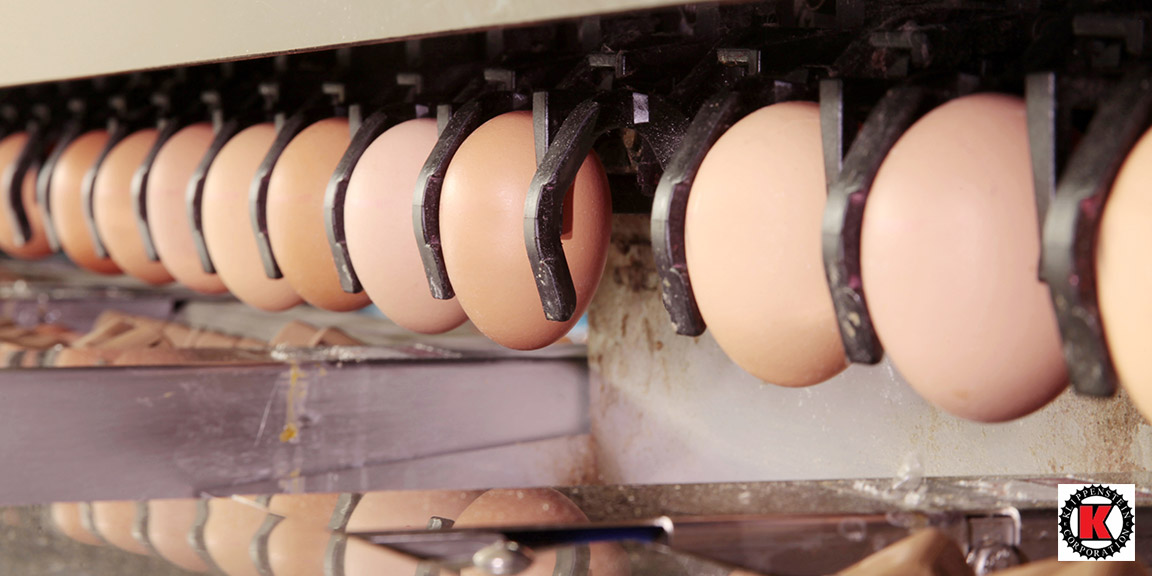An egg-packing machine today is a mechanical work of art. Not only does a full-scale packaging machine take care of managing all the eggs in terms of packing, but it also helps sort, filter, and grade eggs so that the right ones are packaged with the appropriate group versus getting mixed up or having to be hand-evaluated like in the old days before automation.
The first phase of an egg-packing machine involves the conveyance. All of the eggs are moved through the system, starting with a conveyor belt that takes the load and carries them along safely to each phase of the system.
The second part involves the positioning of the eggs. Eggs are packed in a specific position and direction, which makes it easier to check the freshness of the batch packed once stored properly.
Third step, the eggs get weighed. This is critical in terms of grading. Each egg is automatically measured and then it gets sorted based on pre-determined values for weight. That in turns helps with the grouping of the eggs so that all the prime eggs are together for easy packaging versus having to pick and pull manually. The eggs are then moved into their appropriate loading channel based on the scoring and measurement triggered.
In the fourth stage, the eggs are moved by mechanical grip from the trays to their loading position. This does a couple of things. First, it keeps the eggs independent of each other, which avoids them bumping or banging and then getting cracks or worse. Second, the eggs are lined up correctly for the loading mechanism to the egg tray conveyor.
Once in the egg tray itself, the entire egg set per tray is moved all at once as a batch, and the trays are stacked or palletized via automation as well. From this point, a variety of options occur with regards to the level of packaging and wrapping. Some trays are large for industrial or commercial consumption, and others are smaller for consumer purchase. Generally, the eggs are loaded in set numbers, which helps in managing production runs and batches in case there is an issue.
While all of the above work can be done manually, and in fact for many centuries it was, automation clearly makes the work of sorting, grading, and packing eggs incredibly easier, especially for large production operations that are shipping out pallets of eggs every day. It can also reduce significant waste in packaging. Whether they are going to cafeterias, restaurants, or big box stores, stacked and palletized eggs today are all packaged using an egg-packing machine of some sort.
Even though Klippenstein Corporation is after this process, we are available to help since we have a top and bottom case sealer that is very popular in the egg industry. With a deep amount of experience and know-how in food packaging, our teams can provide guidance on automation of food packaging for all types of markets and food products. Contact us in Fresno, CA to find out more!
